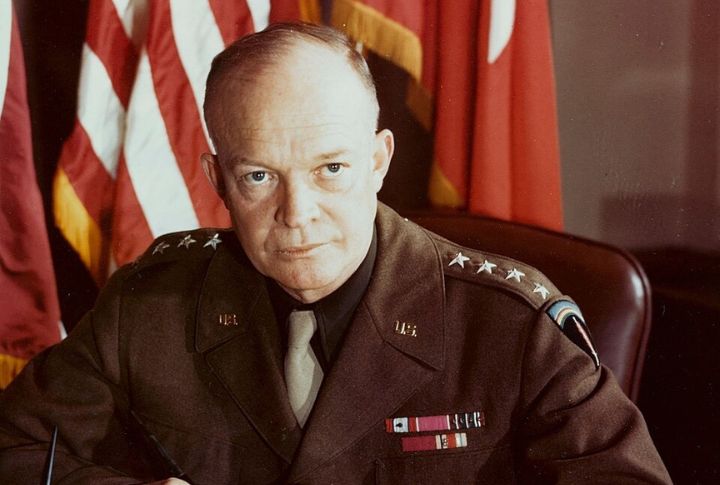
When everything goes up in smoke, some people steer the chaos, not always well, but always memorably. The actions of these wartime figures reshaped nations and created new problems while solving a few. Let’s meet ten figures from WWII who left permanent marks in history.
Benito Mussolini Took Italy Into Fascism
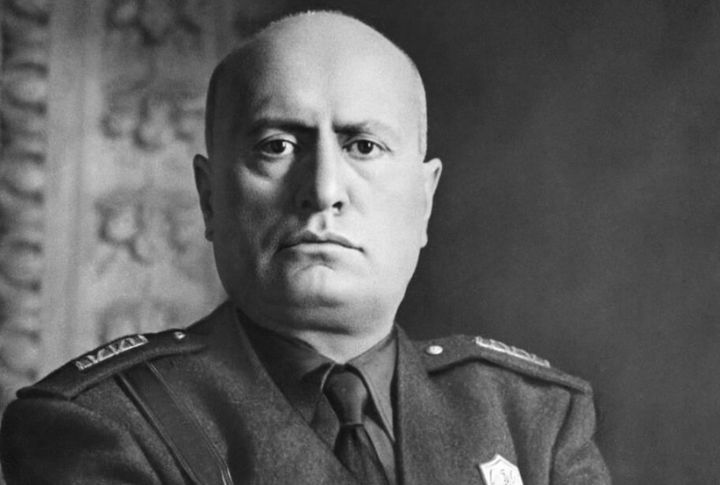
In 1922, Mussolini became Italy’s first fascist dictator, steering the country into a totalitarian state. His aggressive foreign policies led Italy to ally with Nazi Germany in 1940. Mussolini’s poor military decisions, including the failed invasion of Greece, contributed to Italy’s defeat. In 1943, Mussolini was ousted and arrested as Italy collapsed.
Chiang Kai-shek Defended China Against Japan
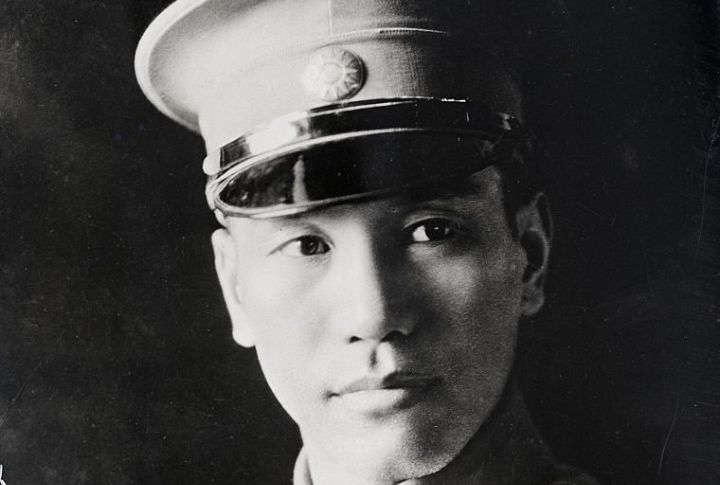
Chiang Kai-shek led China through the brutal Second Sino-Japanese War, beginning in 1937. Despite limited resources, he held off Japan’s advances, preserving Chinese sovereignty. His leadership during the battle earned him recognition, but internal divisions with the Communists and corruption limited his overall success.
Joseph Stalin Strengthened Soviet Power And Reach
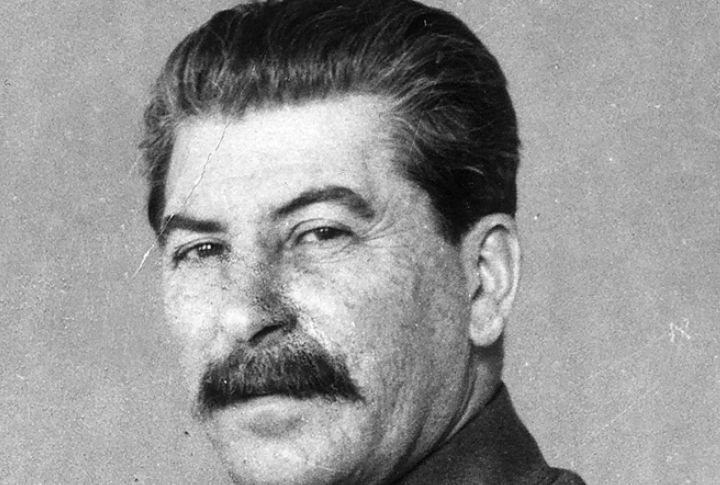
Stalin’s leadership turned the USSR into a global superpower during WWII. His brutal purges consolidated control, but his strategic shift at Stalingrad in 1942 turned the tide against Nazi Germany. Stalin expanded Soviet territory in Eastern Europe and set the stage for Cold War tensions with the West.
Winston Churchill United Britain Against The Nazis
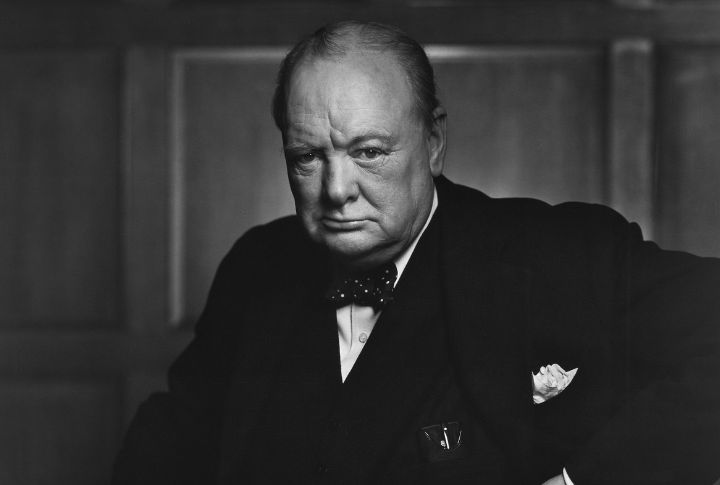
In 1940, when Churchill was made Prime Minister, Britain was on the verge of collapse. His refusal to surrender to Nazi Germany and his stirring speeches, including “We shall never surrender,” galvanized the British public. Under his leadership, Britain endured the Blitz and supported the Allied victory in Europe.
Franklin D Roosevelt Positioned The US As A Global Power
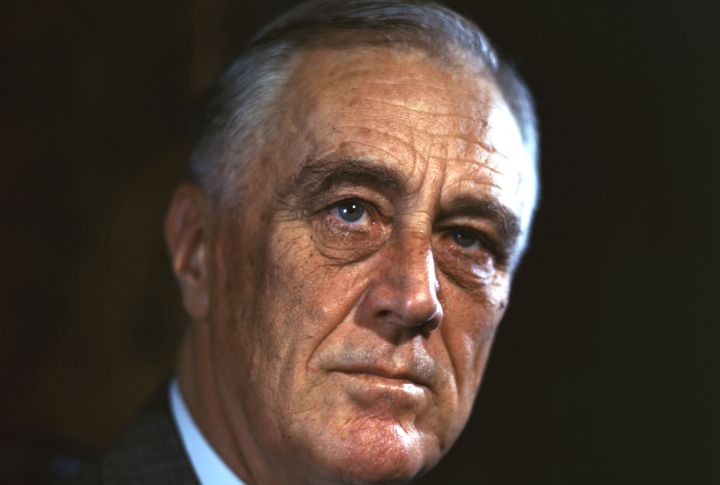
He pulled the US through the Great Depression and positioned the country as the arsenal of democracy. Roosevelt’s strategy to support Allied nations, particularly through the Lend-Lease Act, bolstered the military effort and the position of the US as a global power beyond WWII.
Charles De Gaulle Preserved French Authority In Exile
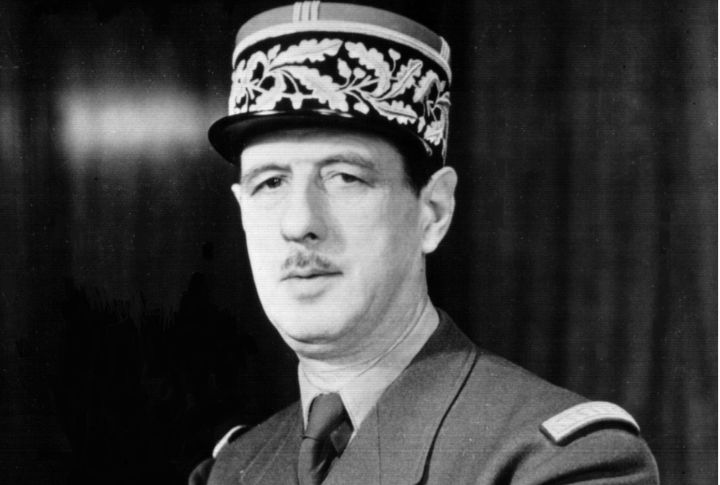
After France fell in 1940, de Gaulle fled to London and led the Free French Forces. Despite resistance from other Allies, he refused to accept Vichy France’s collaboration with the Nazis. His persistence preserved French sovereignty in exile, ensuring France’s return as a key player in postwar Europe.
Dwight D Eisenhower’s Allied Invasion Of Europe
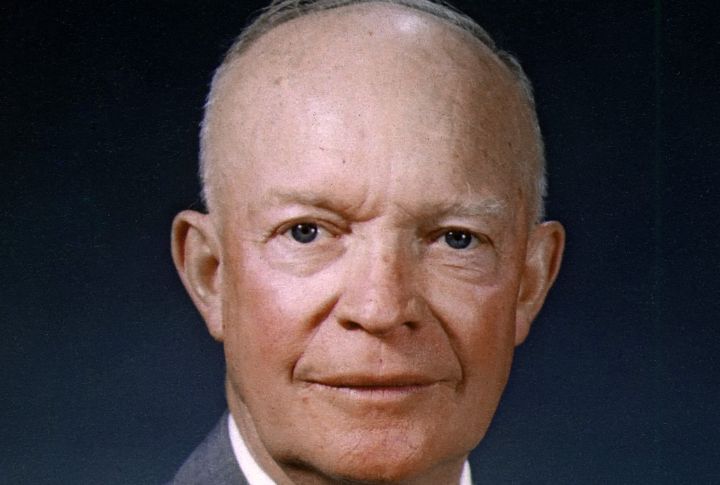
As the European Supreme Commander of Allied Forces, Eisenhower masterminded the D-Day invasion in 1944, which began the liberation of Western Europe. He oversaw the planning and execution of D-Day, the largest amphibious invasion in history, which involved twelve nations and 5,000 ships.
Hideki Tojo Directed Japan’s Military Campaigns

Tojo served as Japan’s prime minister and oversaw the country’s aggressive military strategies. Under his leadership, Japan expanded its empire by attacking China, Southeast Asia, and the Pacific. However, his decision to attack Pearl Harbor in 1941 led to the US entering the war, and by 1944, Japan’s military was in retreat.
Harry S Truman Ended WWII With The Atomic Force

After Truman inherited the presidency post-Roosevelt’s death, he made the pivotal decision to use atomic bombs on Hiroshima and Nagasaki in August 1945. The raids, combined with the Soviet invasion of Manchuria, forced Japan to surrender. Truman’s decision changed warfare and international diplomacy for years to come.
Emperor Hirohito Oversaw Japan’s Surrender And Recovery
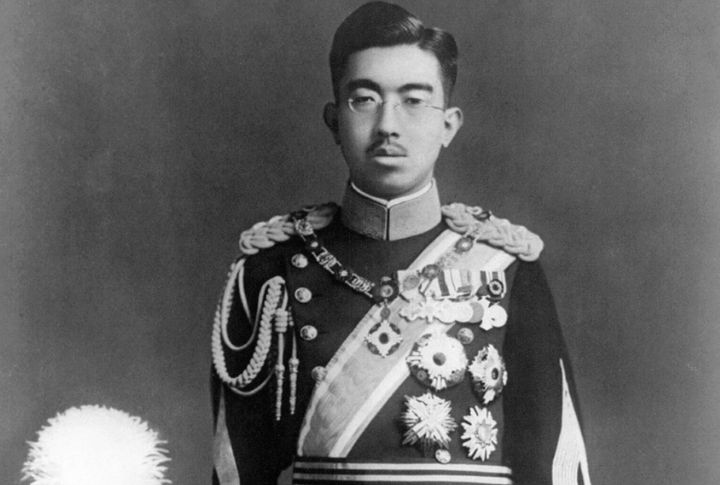
As Japan’s emperor during WWII, Hirohito initially remained a symbolic figure. However, after Japan’s defeat in 1945, he played a vital role in Japan’s surrender. Despite his position, many believed he had been complicit in wartime decisions. Postwar, Hirohito worked under the Allied occupation to rebuild Japan, leading to the nation’s economic rise.

